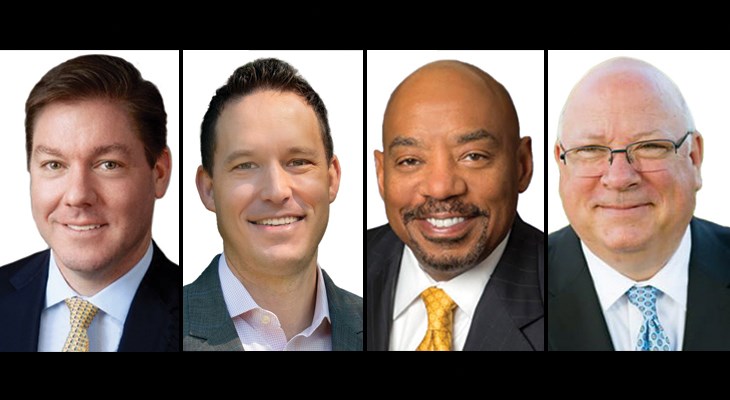When Jeff Hargrave started his commercial construction company, Mahogany Inc., 32 years ago, he says the hardest part was finding work. Now, the hardest thing is finding people.
"Salaries are up," he said during the Baltimore Smart Business Dealmakers Conference. "If you've got a company where you've had people in your company for a long period of time, they're getting incremental raises. When you're bring other people in it's, Hey, I need $130, I need $150, I need $160, and you may have a senior PL making $120. So, that's a dilemma in construction. It's a real problem. But this is the market we're in and if you want to play you got to play. Sometimes you got to bite the bullet and hire those people at those salaries, then, of course, now you got to look at your people within and they need to be increased."
There's also the threat of training somebody up just to have them go to a competitor.
"That's the worst," Hargrave says. "Mahogany's taken young project engineers, young people who have no experience, and basically we groom them, we train them, we bring them up to the point where they're project managers. And of course, then someone comes at him and says, I'm gonna give you $115. And you've got three year’s experience in the industry. Do you make the decision to match that $115? Or do you let that individual walk? Those are decisions I have to make every day?"
Acme Paper & Supply Co. Vice President Andy Attman says as they put ads out on various platforms to hire for the many positions within the company, the quality of the people they're seeing apply just isn't what it used to be.
"We try to hire new, but then trying to get them to stay with us and not take the next higher paying job because we've trained them and they see they don't understand the investment that we may put into that aspect of it," Attman says. "We've got a couple openings that we just can't find the right people. We do collections and we get people who say, Hey, we do collections, I've worked as a cashier at Walmart. And that's what we'll get — so people are not necessarily reading the job descriptions that we'll get a lot of the times."
From the senior leadership side, he says they're trying to find innovative thinkers.
"We don't want to be the same as everybody else," he says. "We try to promote innovation. So, we'll try to find people outside of our industry. But again, it's the education aspect of it for them to understand what we do and how we're a little bit different than most."
Looking at the real estate landscape, Owen Rouse, Jr., Senior Vice President at MacKenzie Commercial Real Estate Services, says in an environment in which remote work has become more prominent, there are a couple trends underway.
"Downsize to quality — go from 30,000 to 15,000 (square feet), but I'm going up in rent," Rouse says. "Annually, my budget might be less, but I'm going to use nicer spaces as a recruitment and retention tool. There's a downside to the bottom line. I'm shedding 50 percent of my space. I'm saving the money. It's going into the company. Maybe I'll spend it on something else."
Some companies are closing large offices and popping up smaller offices in other markets while spending the same amount. Occasionally, a company will want two kitchens instead of one, they need some touchdown space, huddle rooms and they dump the big conference room and they'll upsize slightly. Overall, it's a fluid dynamic.
"There's blue chip renewals happening and there's companies shedding space," he says. "So, there's more to be revealed and it's not clear where it's going to end up."
While there are challenges in the market that can be attributed to the climbing interest rates, when Hargrave looks at the market, private and public, he says it's a great market right now.
"I just don't know who to believe," Hargrave says. "You hear the news, you watch the news, they talk about a recession, and all this other stuff, but I don't see it. Our backlog is as high as it's ever been in the 32 years we've been in business. There's more work out there than we can bid, so I just don't know where the slowdown is. And maybe it's coming. But I talk to the architectural firms because in construction, we try to get close to the architects because when they get slow, that means they're not designing, and that means we're going to not have anything to bid. But these guys are busy as well. So, I mean, private sector, public sector, it's booming right now."




